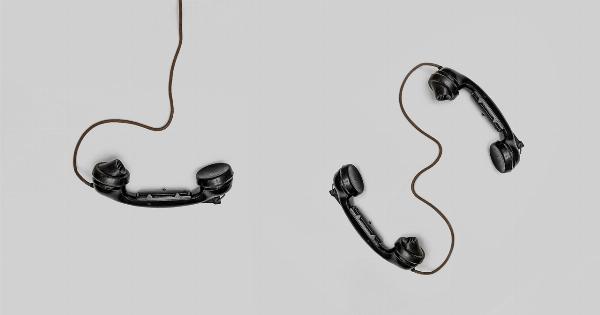The umbilical cord is the lifeline between the mother and the baby in the womb. It is a flexible tube made up of two arteries and one vein that connects the placenta to the baby’s belly button.
The baby gets all the necessary nutrients and oxygen through the umbilical cord from the mother.
What is Cord Clamping?
Cord clamping is the practice of cutting the umbilical cord shortly after the baby is born. Traditionally, doctors used to clamp the cord immediately after birth, but in recent years, there has been much debate about the optimal time to cut the cord.
: Immediate Cord Clamping
Immediate cord clamping is when the umbilical cord is clamped and cut within a few seconds of the baby being born. This practice was considered standard in the past, but there has been a shift towards delayed cord clamping in recent years.
: Delayed Cord Clamping
Delayed cord clamping is when the umbilical cord is not clamped and cut until at least 1-3 minutes after the baby is born. This allows the baby to receive more blood and oxygen from the placenta before the cord is cut.
Studies have shown that delayed cord clamping can improve a baby’s iron levels, reduce the risk of anemia, and lead to better outcomes in premature babies.
: The Optimal Time to Cut the Umbilical Cord
The optimal time to cut the umbilical cord is a topic of much debate, and there is no one right answer.
The American College of Obstetricians and Gynecologists recommend a delay of at least 30-60 seconds before cutting the cord for all infants, while the World Health Organization recommends a delay of at least one minute for all babies, and up to three minutes for premature babies.
: Benefits of Delayed Cord Clamping
Delayed cord clamping has many benefits for both full-term and premature babies, including:.
- Increased blood and oxygen supply to the baby
- Higher levels of iron in the baby’s blood, which can prevent anemia
- Improved brain development and neurodevelopmental outcomes
- Reduced need for blood transfusions in premature babies
- Reduced incidence of necrotizing enterocolitis in premature babies
When is Delayed Cord Clamping Not Recommended?
Delayed cord clamping is not recommended in certain situations, including:.
- C-sections where the baby needs to be delivered quickly
- Babies who need immediate medical attention
- Babies who are not breathing well or need resuscitation
: Conclusion
Delayed cord clamping has many benefits for both full-term and premature babies, and is now recommended by many healthcare organizations and hospitals. However, it is not always possible or recommended in certain situations.
It is important to discuss your options and preferences with your healthcare provider before delivery.





























